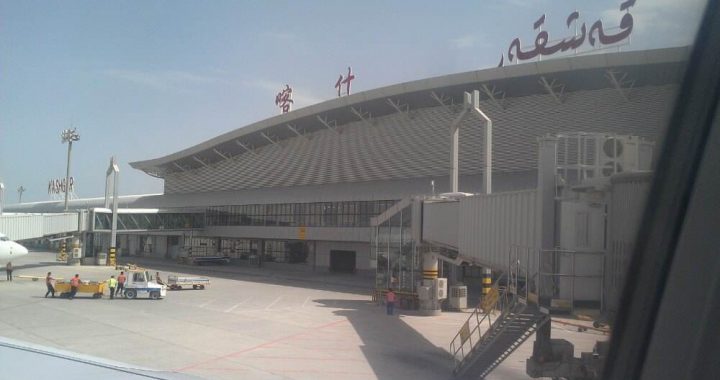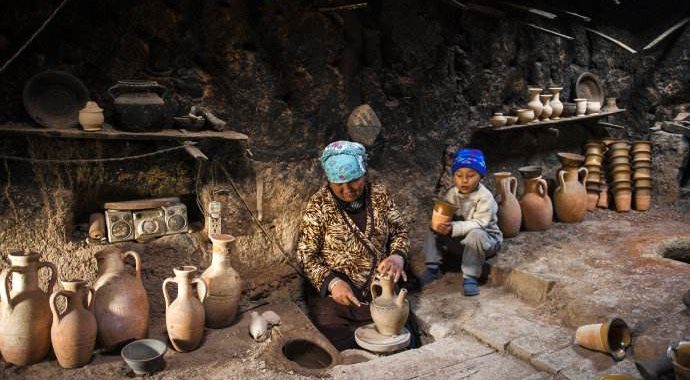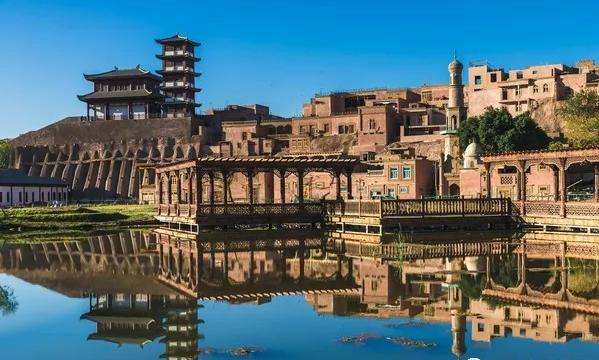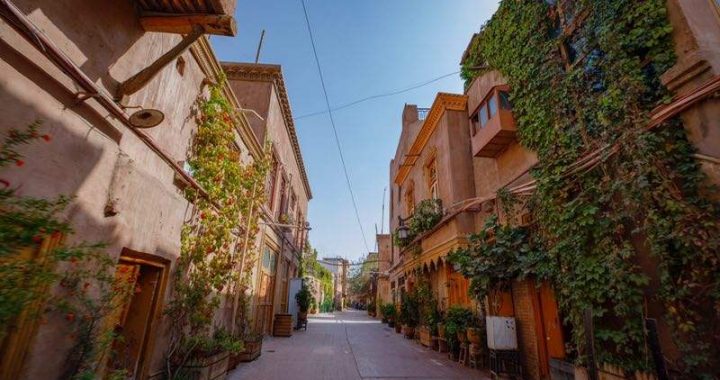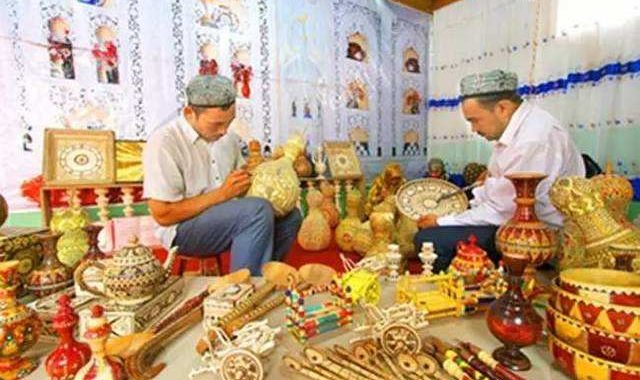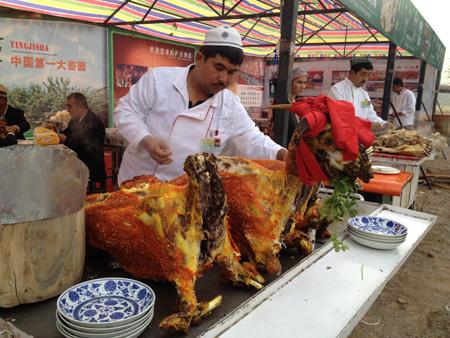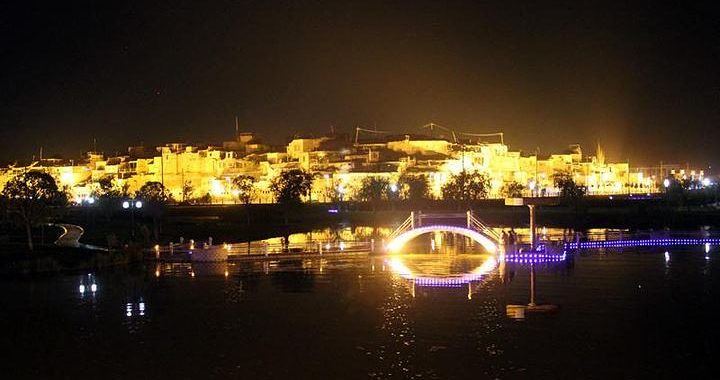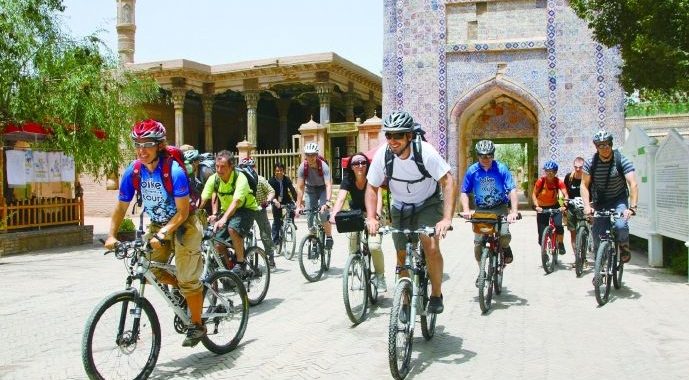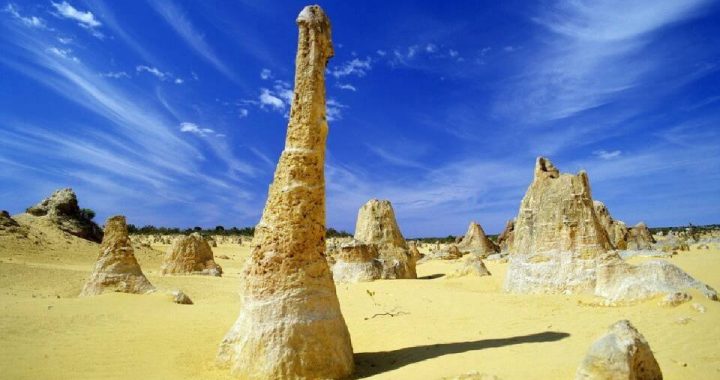divine tombs
3 min readKah Mosqueaitiga’er aingzhensi is in the center of the city and is China’s largest mosque. Built in 1442 by Kashgar’s ruler Shakessimirzha in what was then the outskirts of the town, the beautiful yellow-tiled mosque has undergone much restoration. The central dome is flanked by minarets more commonly seen in the Middle East.
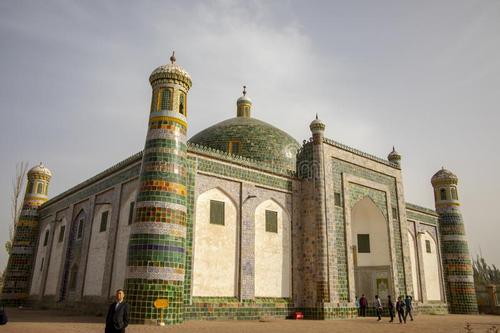
Its exquisite Islamic architecture sets it apart from Chinese-style mosques and its grandness has grown with its increasing stature. Today it’s the key place of worship for China’s Muslims and each year, tens of thousands of worshippers enter its gates for Friday prayers alone. During Ramadan, worshippers number around 100, 000. From a tower above the delicately carved entrance gate, the imam calls Muslims to prayers. A pond in the tree- lined courtyard languidly beckons worshippers to cleanse themselves before entering the main hall. Steps lead up to an enshrined throne, which is cast majestically into the central wall. Remember to be appropriately attired women will have to don headscarves and remove your shoes when entering the mosque. To avoid the crowd, visit early in the morning.
Nearby, along Tiyu Lu, is the Tomb of Yusof Has Hajib(yusufu hasi hajifu lingmu, revered Muslim philosopher whose teachings are widely practiced by the Uyghur community. The tomb has a blue tiled dome, framed by blue topped minarets and the tiles on the walls are decorated with blue flower patterns.
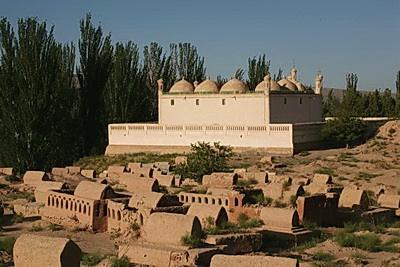
Chilling out with ice-blended doh a refreshing concoction of shaved ice, rich vanilla ice cream and thick syrup served in a big soup bowl.
An impromptu bike tour with youths Mohamed Yassin and Ali John, who enthusiastically translated Kashgar’s mysterious Learning more about the old town’s history from retiree Arenhan, who used to work as a Uyghur-Chinese translator.
ushing on a little further, you will arrive at another religious site some 3 miles (5 km northeast of the city center. The Abakh Khoja Tomb(abahud jiamu) is the family tomb of Abakh Khoja, a powerful 17th century Kashgar ruler. Built in 1640, this tomb holds five generations of his family. The tomb is an architectural masterpiec and one of Xinjiang’s holiest places. During the Korban Festival, Muslim pilgrims from all over Xinjiang visit this tomb. The first generation buried here was the family of Yusof Khoja, a revered Islamic missionary and upon his death, his eldest son Abakh Khoja continued his and the tomb was renamed after him. On the outset, you’11 see a pretty gate tower decorated with colorful paintings and beautiful brick carvings. Not far is a lovely pond framed by swaying trees, lending the place a feeling of tranquility.
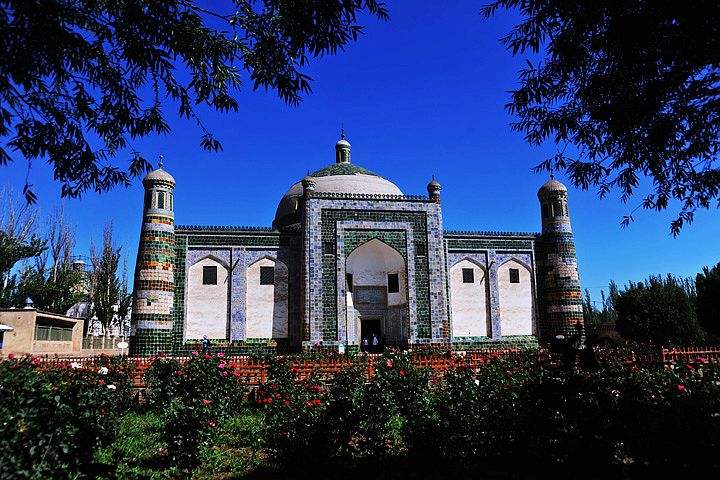
Fruits and nuts abound in Kashear’s markets.
The tomb complex is comprised of several magnificent buildings, with the Tombs Hall as overed in structure. It’s easily identified from the outside by its huge dome, which is the tral glazed tiles and measures some covered in green-glazed tiles and measures some 56 feet (17 m) across. The dome and its in like mini replica of the India’s’ Taj Mahal.
Inside the 85-foot-high (26 m), 128-foot-long (39 m Tombs Hall are several tombs, each covered by a different colored cloth. Built with glazed bricks, the tombs are decorated with beautiful flower patterns set again a white background. The larger-sized tombs house the males, while the females occupy smaller-sized tombs To the west of Tombs Hall is the Great Hall of Prayer a spacious enclosure framed by wooden balustrades. The walls are adorned by handiwork of ancient craftsmen. The other major building is the Doctrine-Hall of Teaching (jiangjing tang ) tomb is the Xiangfei Mu(xiangfei mu), which belongs to Abakh Khoja’s granddaughter, Iparhan. Legend goes that Iparhan, known as Xiangfei in Chinese, was taken to the capital to be the imperial consort of the Qing emperor Qianlong, who fell desperately in love with her. She spent 28 years in the Forbidden City and never saw her family again. tomb belonging to her in the Eastern Qing Mausoleum, where the rest concubines are buried, but the final resting place of her mortal remains continues to be a point of contention.
